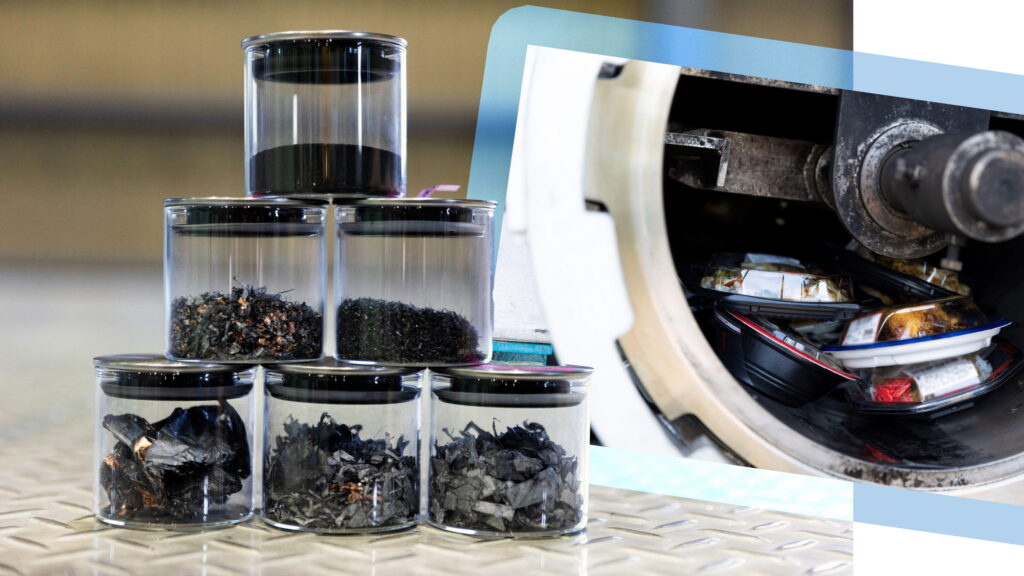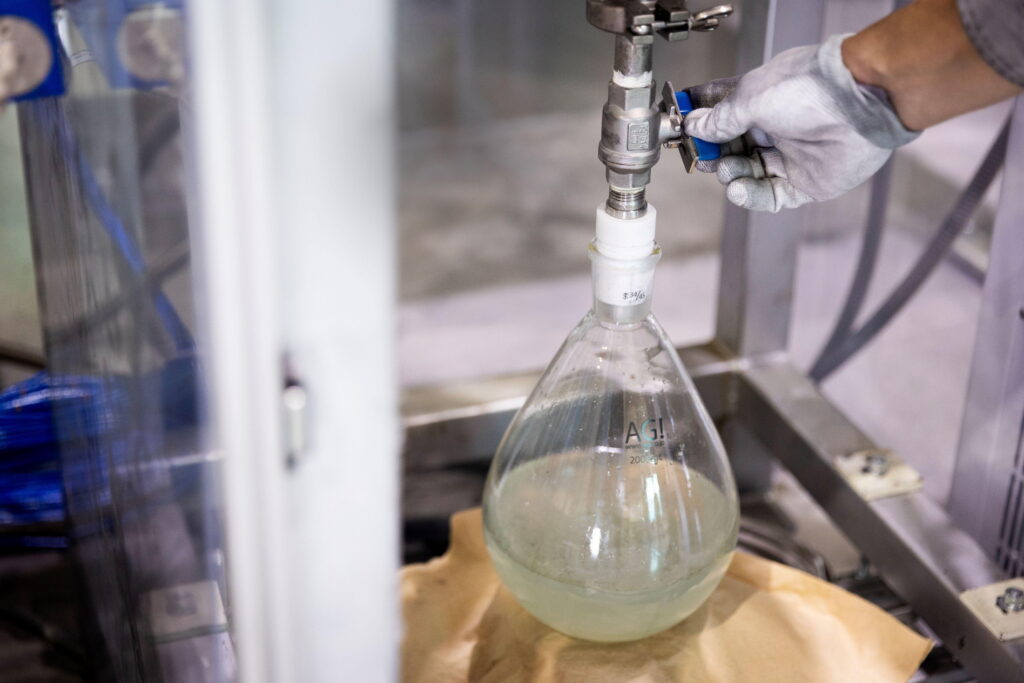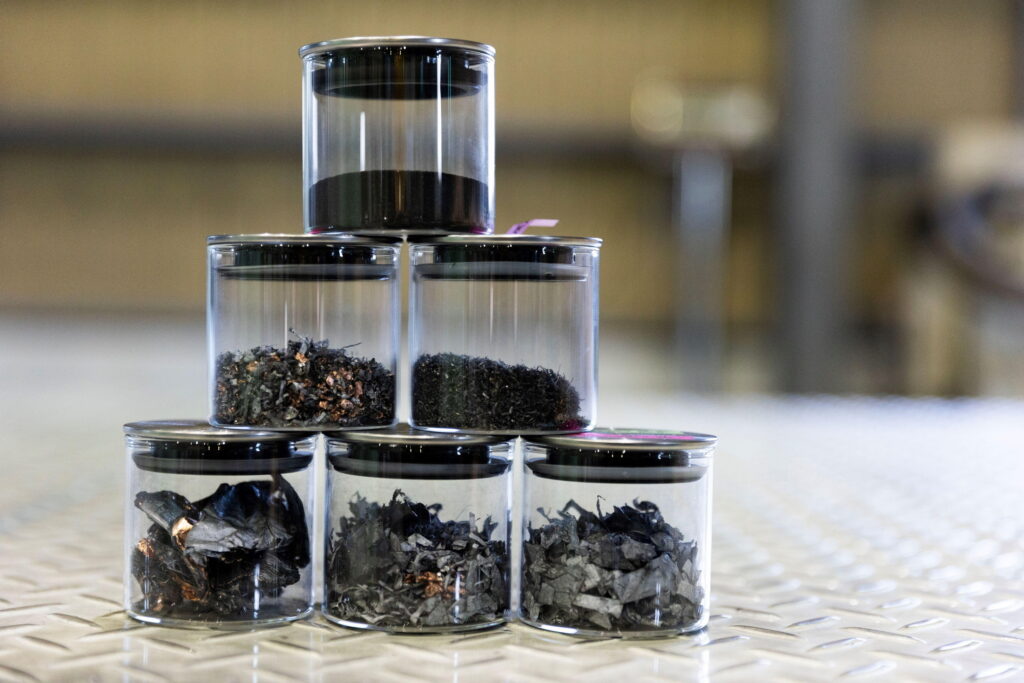Distilling the electrolytic fluid inside batteries will make recycling them greener, and material recovery rates greater
February 8, 2024 at 18:01
 –>
–> 
–>
Thanks to the Prius, Toyota has been working with high-voltage batteries for a while. In that time, it has developed a busy battery recycling business that it says is on the verge of making an ecological leap forward with a new no-burn process.
The technique is being pioneered by Toyota Chemical Engineering (TCE), which says that up until now, recycling has meant burning old batteries, and collecting important materials from the ashes. Although it works, it’s carbon intensive and isn’t the most effective way of recovering all the materials within a cell.
However, the Toyota subsidiary is now working on a way to distill the electrolytic liquid that all batteries have within them. The nature of the liquid makes it very flammable, so burning the whole battery used to be the easiest of dealing with the problem of what to do with it afterward.
advertisement scroll to continue
Read: Ford Wants To Use Shredded Olive Trees To Build Your Next Car

Now, it plans to distill the electrolyte to make it less flammable, and safer to handle. With that, TCE will be able to tear batteries apart more thoroughly, and to simply shred the cells, making them easier to sort through, and to recover material from.
The leftover is called a “black mass,” and it contains aluminum, iron, and “copious rare metals” according to TCE. The company claims that the new method reduces the CO2 emissions involved in recycling batteries, and improves its recovery rates.
“Not only will it contribute to carbon neutrality, but it also allows for sorting and recovering materials we can’t get from conventional incineration, dramatically increasing recovery rates,” Kenichiro Muramatsu, a member of the raw material development division, told the Toyota Times. “It is a step toward achieving a circular economy.”

Electricity From Garbage
Just the latest green innovation from TCE, the company is also working to make energy generation from waste greener. Instead of just incinerating garbage, it claims that by placing waste into a pressure cooker with sawdust, shredded paper, and water, it can transform it into a liquid fuel.
The resulting liquid can then be fermented into a gas, primarily composed of methane, which is utilized to produce electricity. While acknowledging that its methods don’t entirely eliminate incineration, TCE asserts that it reduces CO2 emissions by capturing the byproducts where possible and leveraging the waste heat from the combustion process to generate additional electricity.
“Until now, our most valued process was to detoxify through burning, but going forward, that will not be the case. And in Japan, where resources are scarce, resource recovery is also very important,” said Yoshihiro Hayashi, the president of Toyota Chemical Engineering. “I have grandchildren, and I want to leave behind an even better environment for the children of the future.”

